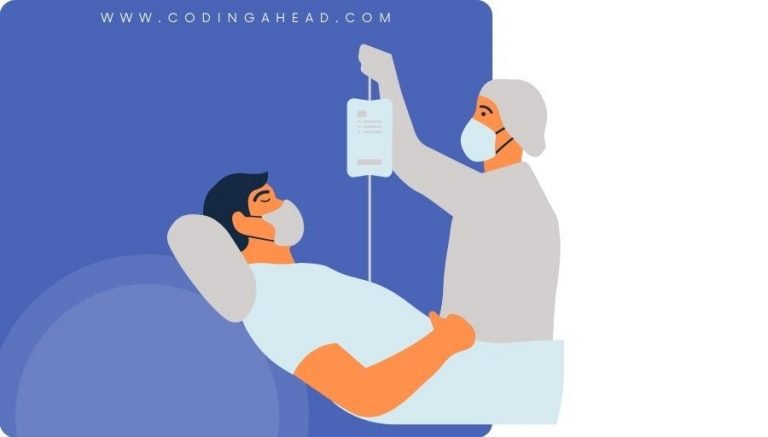How To Use CPT Code 3072F
CPT 3072F describes the coding for low risk for retinopathy in patients with diabetes. This article will cover the official description, procedure, qualifying circumstances, appropriate usage, documentation requirements, billing guidelines, historical information, and examples.
1. What is CPT Code 3072F?
CPT 3072F can be used to indicate that a patient with diabetes has a low risk for retinopathy based on the absence of evidence of retinopathy in the previous year. This code is used when there is no need for a dilated eye examination and the provider documents the patient’s risk and the date in the medical record.
2. Official Description
The official description of CPT code 3072F is: ‘Low risk for retinopathy (no evidence of retinopathy in the prior year) (DM).’ This code is used to indicate that a patient with diabetes has a low risk for retinopathy based on the absence of evidence of retinopathy in the previous year.
3. Procedure
- When a patient’s previous eye examination within the last 12 months shows no evidence of retinopathy or low risk of retinopathy, the provider does not perform a dilated eye examination.
4. Qualifying circumstances
Patients eligible for CPT 3072F are those with diabetes mellitus, a disease characterized by insufficient production or utilization of insulin, leading to high levels of blood glucose and subsequent complications. Diabetic retinopathy, a complication of diabetes, affects the eyes and results from damage to the blood vessels of the retina. CPT code 3072F is used when there is no evidence of retinopathy in the prior year, indicating a low risk for retinopathy.
5. When to use CPT code 3072F
CPT code 3072F should be used when a patient with diabetes has no evidence of retinopathy in the prior year, indicating a low risk for retinopathy. It should not be used if there is evidence of retinopathy or if the patient is at high risk for retinopathy.
6. Documentation requirements
To support a claim for CPT code 3072F, the provider must document the following information:
- Patient’s diagnosis of diabetes
- No evidence of retinopathy in the prior year
- Date of the previous eye examination
- Provider’s documentation of the patient’s risk and the date in the medical record
7. Billing guidelines
When billing for CPT code 3072F, ensure that the patient has no evidence of retinopathy in the prior year. This code should not be reported if there is evidence of retinopathy or if the patient is at high risk for retinopathy. It is important to accurately document the patient’s risk and the date in the medical record to support the claim.
8. Historical information
CPT code 3072F was added to the Current Procedural Terminology system on January 1, 2007. There have been no updates to the code since its addition.
9. Examples
- A patient with diabetes who had a previous eye examination within the last 12 months that showed no evidence of retinopathy.
- A patient with diabetes who is at low risk for retinopathy based on the absence of retinopathy in the prior year.
- A patient with diabetes who does not require a dilated eye examination due to the low risk for retinopathy.
- A patient with diabetes who has a documented low risk for retinopathy based on the absence of evidence of retinopathy in the previous year.
- A patient with diabetes who has a low risk for retinopathy and does not need a dilated eye examination.
- A patient with diabetes who has no evidence of retinopathy in the prior year and is considered at low risk for retinopathy.
- A patient with diabetes who has a low risk for retinopathy based on the absence of retinopathy in the previous year, as documented in the medical record.
- A patient with diabetes who has a documented low risk for retinopathy and does not require a dilated eye examination.
- A patient with diabetes who has no evidence of retinopathy in the prior year, indicating a low risk for retinopathy.
- A patient with diabetes who is at low risk for retinopathy and does not need a dilated eye examination based on the absence of evidence of retinopathy in the previous year.



